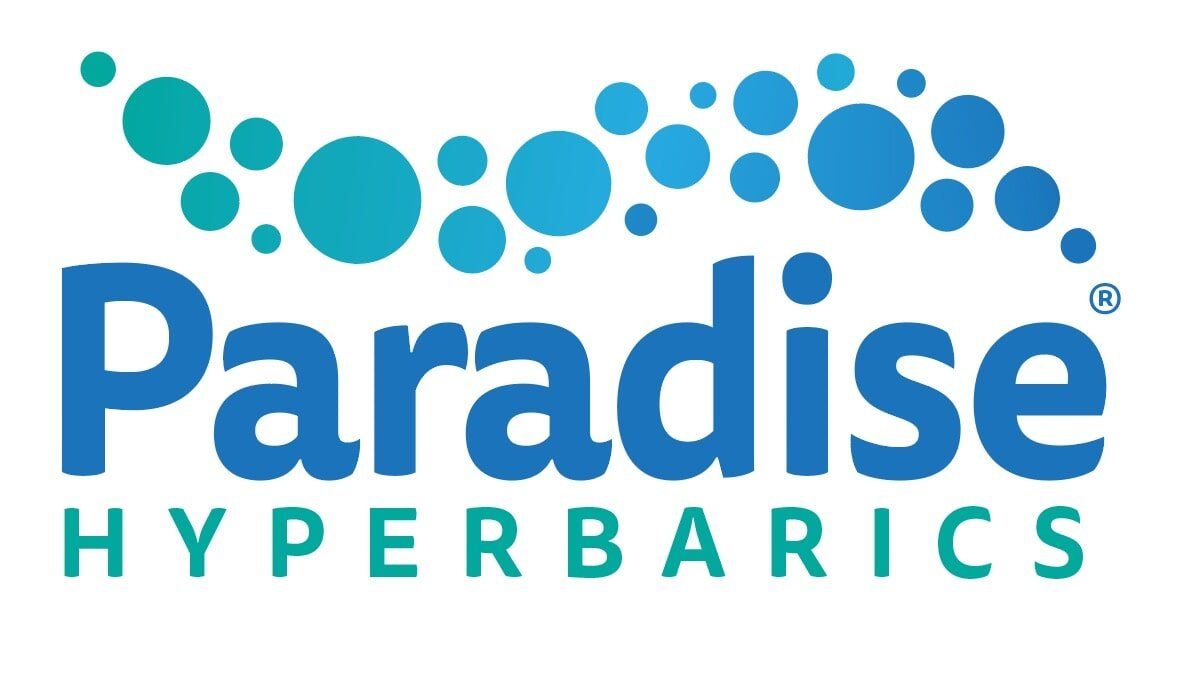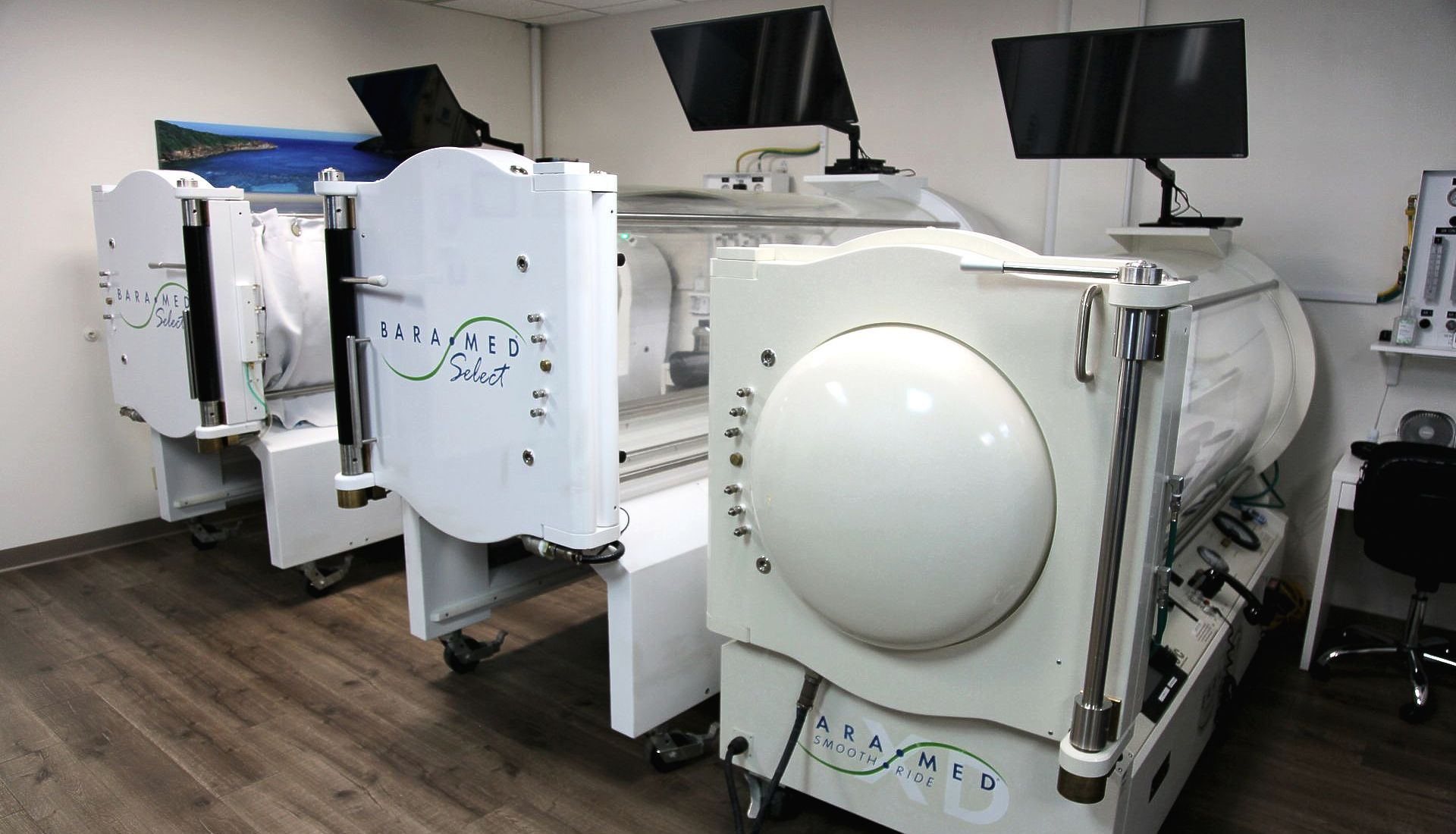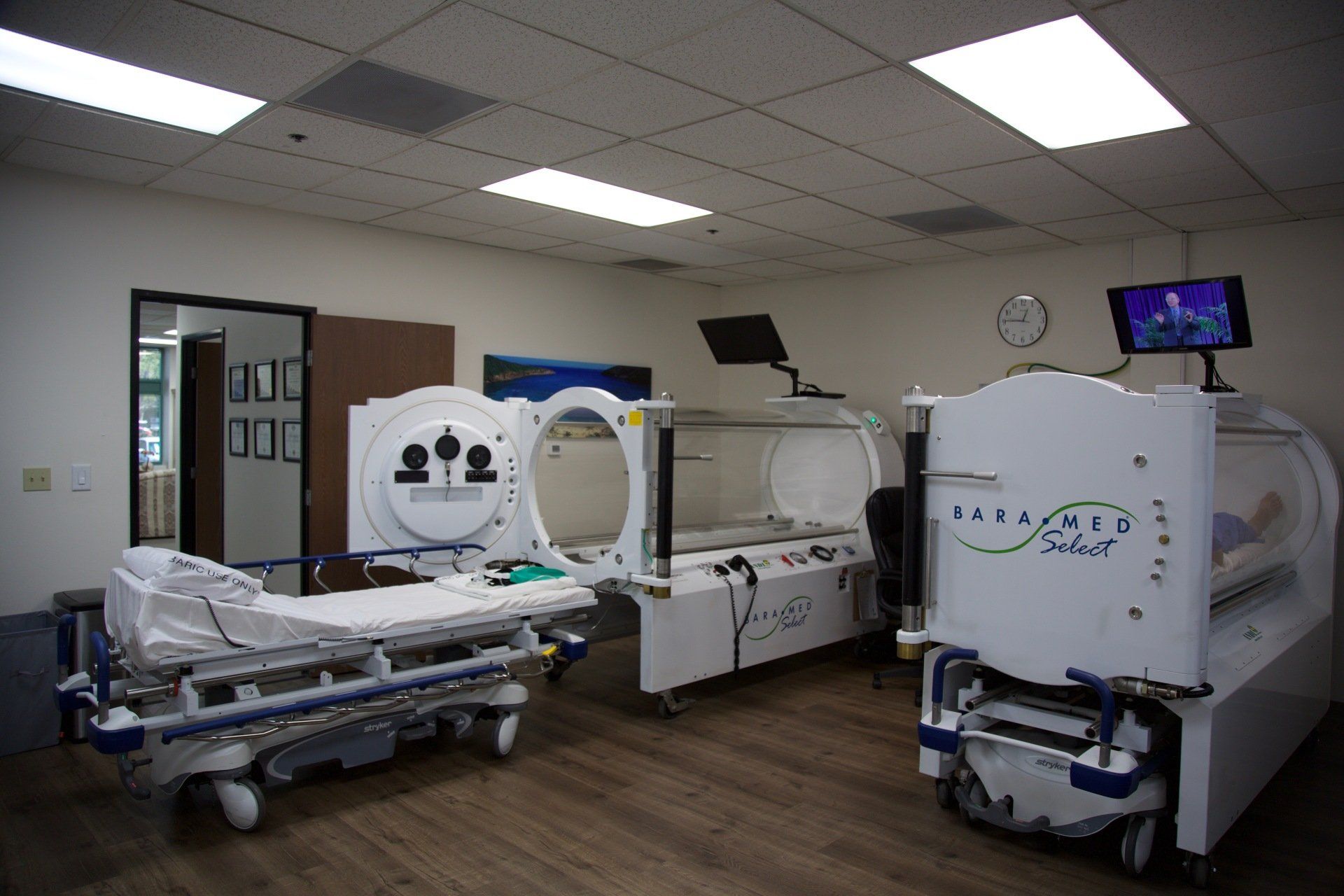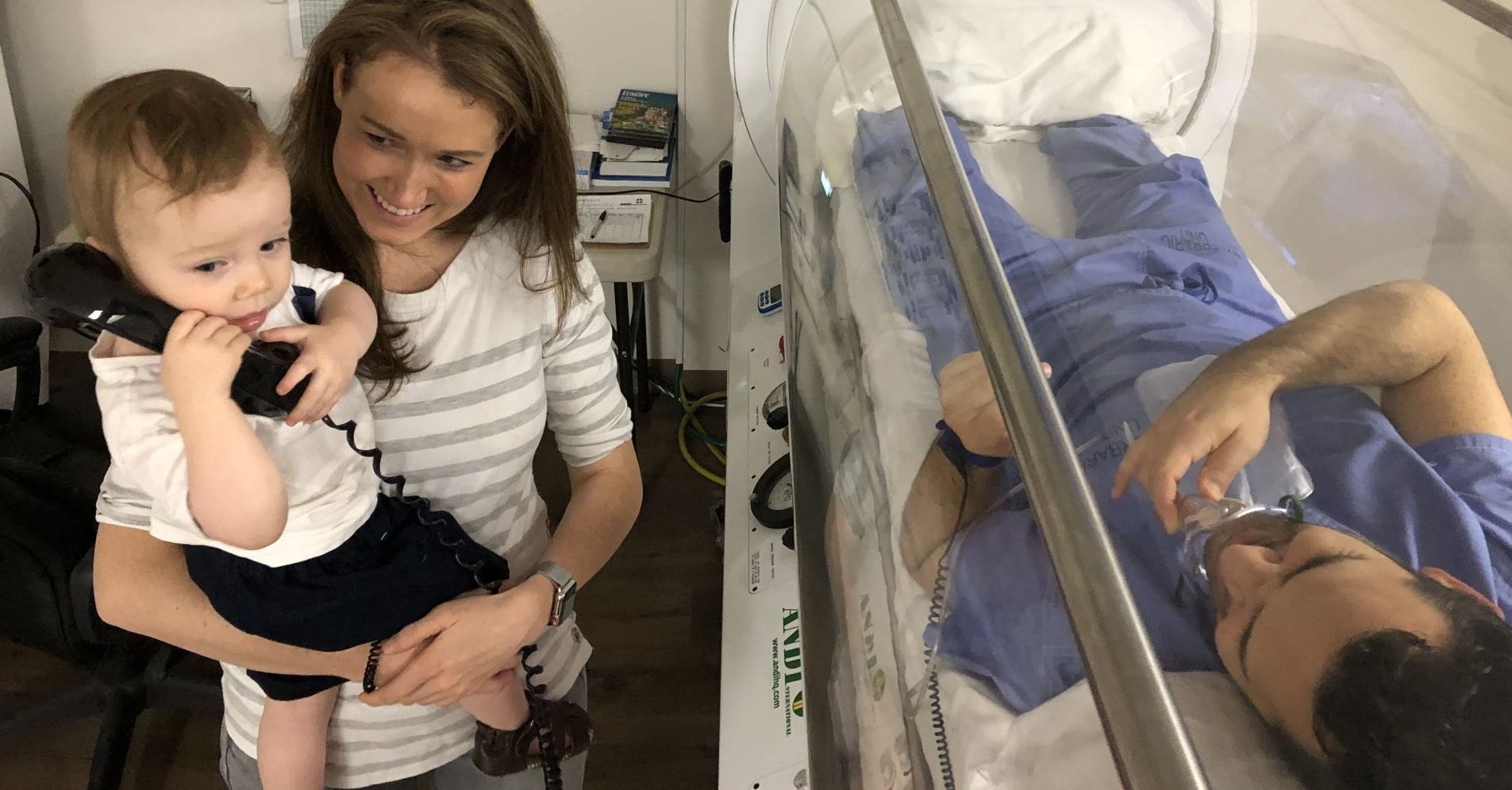Hyperbaric oxygen therapy (HBOT) is a medical treatment where a patient breathes oxygen in a pressurized environment. When high concentrations of oxygen are delivered in a pressurized environment, the body responds in amazing ways. The human body and its functions operate on the oxygen content found in the air which is close to 21%. When a patient is inside a hyperbaric chamber and the atmospheric pressure inside the chamber is increased, the partial pressure or percentage of oxygen (and other gases) inspired by the patient increases and oxygen molecules are dissolved into all the fluids in the body (blood plasma, cerebrospinal fluids, lymph fluids, and bone fluids) which can be carried to areas of diminished arterial circulation and ultimately saturates the body with oxygen at the cellular level.
What is HBOT?
How Hyperbaric Oxygen Therapy Helps
1. Accelerates the Healing Process
2. Increases White Blood Cell (Leukocyte) Production and Kills Anaerobic Bacteria
3. Promotes the Growth of New Blood Vessels (Angiogenesis)
4. Increases Stem Cell Growth
5. Improves Bone Regeneration
6. Helps Regenerate Damaged Nerve Tissues
7. Increases Collagen Production
8. Supports Wound Rehabilitation
9. Decreases Pain
10. Reduces Swelling (Edema)
11. Helps Eliminate Inflammation
Indications and Limitations of Coverage
*Paradise Hyperbarics does not currently bill any insurance and treats all FDA and UHMS approved conditions ,as well as any off-label condition which may benefit from HBOT, in a private pay capacity.
For purposes of coverage under Medicare, hyperbaric oxygen (HBO) therapy is a modality in which the entire body is exposed to oxygen under increased atmospheric pressure.
A. Covered Conditions
Program reimbursement for HBO therapy will be limited to that which is administered in a chamber (including the one man unit) and is limited to the following conditions:
- Acute carbon monoxide intoxication,
- Decompression illness,
- Gas embolism,
- Gas gangrene,
- Acute traumatic peripheral ischemia. HBO therapy is a valuable adjunctive treatment to be used in combination with accepted standard therapeutic measures when loss of function, limb, or life is threatened.
- Crush injuries and suturing of severed limbs. As in the previous conditions, HBO therapy would be an adjunctive treatment when loss of function, limb, or life is threatened.
- Progressive necrotizing infections (necrotizing fasciitis),
- Acute peripheral arterial insufficiency,
- Preparation and preservation of compromised skin grafts (not for primary management of wounds),
- Chronic refractory osteomyelitis, unresponsive to conventional medical and surgical management,
- Osteoradionecrosis as an adjunct to conventional treatment,
- Soft tissue radionecrosis as an adjunct to conventional treatment,
- Cyanide poisoning,
- Actinomycosis, only as an adjunct to conventional therapy when the disease process is refractory to antibiotics and surgical treatment,
- Diabetic wounds of the lower extremities in patients who meet the following three criteria:
- Patient has type I or type II diabetes and has a lower extremity wound that is due to diabetes;
- Patient has a wound classified as Wagner grade III or higher; and
- Patient has failed an adequate course of standard wound therapy.
The use of HBO therapy is covered as adjunctive therapy only after there are no measurable signs of healing for at least 30 –days of treatment with standard wound therapy and must be used in addition to standard wound care. Standard wound care in patients with diabetic wounds includes: assessment of a patient’s vascular status and correction of any vascular problems in the affected limb if possible, optimization of nutritional status, optimization of glucose control, debridement by any means to remove devitalized tissue, maintenance of a clean, moist bed of granulation tissue with appropriate moist dressings, appropriate off-loading, and necessary treatment to resolve any infection that might be present. Failure to respond to standard wound care occurs when there are no measurable signs of healing for at least 30 consecutive days. Wounds must be evaluated at least every 30 days during administration of HBO therapy. Continued treatment with HBO therapy is not covered if measurable signs of healing have not been demonstrated within any 30-day period of treatment.
B. Noncovered Conditions
All other indications not specified under §270.4(A) are not covered under the Medicare program. No program payment may be made for any conditions other than those listed in §270.4(A).
No program payment may be made for HBO in the treatment of the following conditions:
- Cutaneous, decubitus, and stasis ulcers.
- Chronic peripheral vascular insufficiency.
- Anaerobic septicemia and infection other than clostridial.
- Skin burns (thermal).
- Senility.
- Myocardial infarction.
- Cardiogenic shock.
- Sickle cell anemia.
- Acute thermal and chemical pulmonary damage, i.e., smoke inhalation with pulmonary insufficiency.
- Acute or chronic cerebral vascular insufficiency.
- Hepatic necrosis.
- Aerobic septicemia.
- Nonvascular causes of chronic brain syndrome (Pick’s disease, Alzheimer’s disease, Korsakoff’s disease).
- Tetanus.
- Systemic aerobic infection.
- Organ transplantation.
- Organ storage.
- Pulmonary emphysema.
- Exceptional blood loss anemia.
- Multiple Sclerosis.
- Arthritic Diseases.
- Acute cerebral edema.
Source: https://www.cms.gov/medicare-coverage-database/details/ncd-details.aspx?NCDId=12&ncdver=4&ver=3&bc=AAAAAAAAAQAA&










